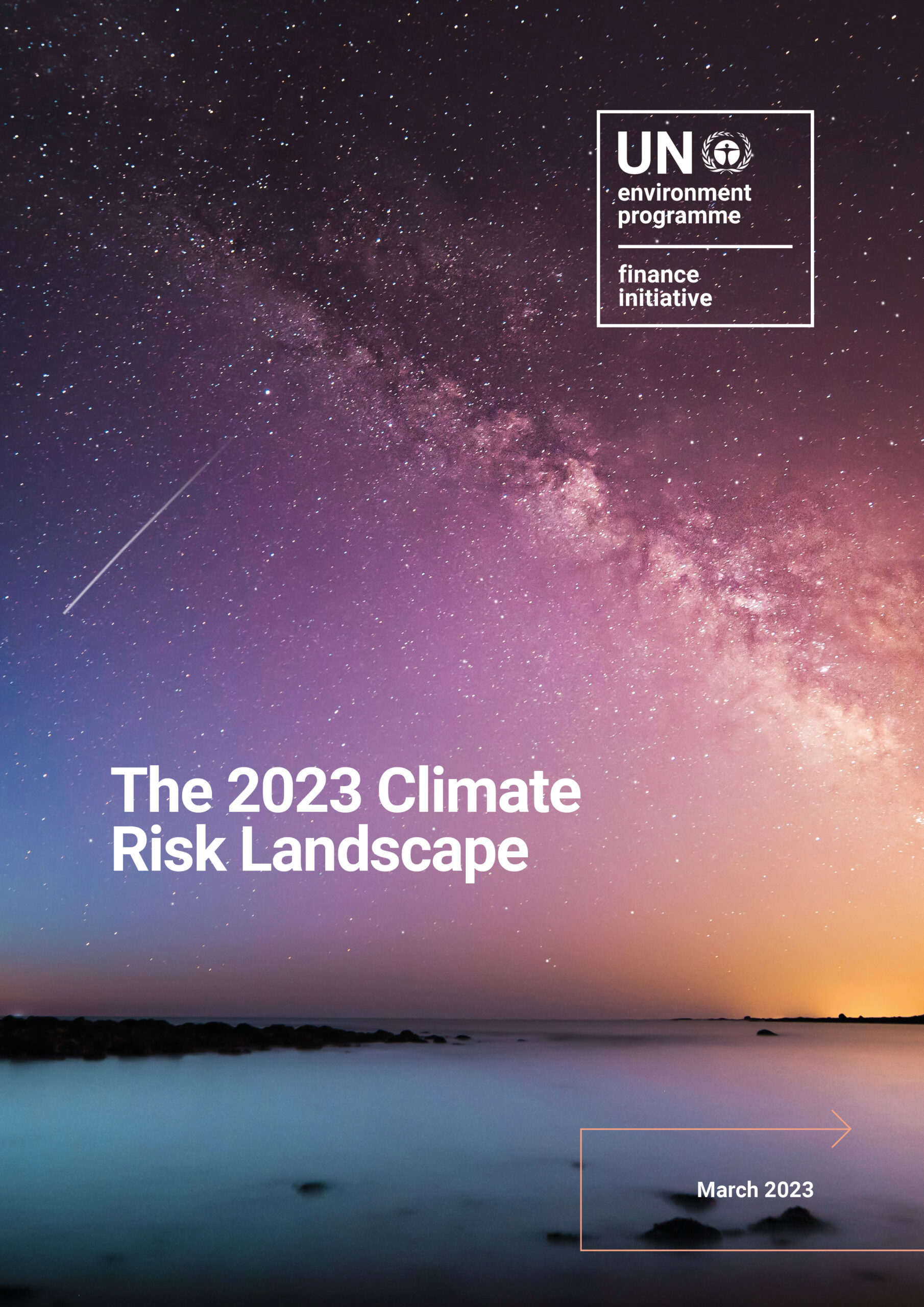The industry-led, UN-convened Net-Zero Banking Alliance (NZBA) sets ambition for its member banks as they seek to transition their lending and investing activities to net-zero emissions by 2050, in alignment with the 1.5° warming target outlined in the Paris Agreement. The Alliance therefore welcome the research of ShareAction, Urgewald, Reclaim Finance, and other NGOs, which helps maintain high ambition and strengthen guidance as members pursue this goal.
Recent research from these groups has outlined perceived inconsistencies between the requirements of the Alliance commitment and the activities of its members. The NZBA wishes to reflect the highest level of ambition in its practices even as it balances that ambition against the pragmatic concerns of our current global economy, and so would like to provide more detail on how it is approaching these issues.
Timeline of Financing
The Net-Zero Banking Alliance was launched in April 2021 with 43 members. These members committed to achieving net-zero operations by 2050, and to setting and reporting decarbonization targets in accordance with NZBA’s Guidelines for Target Setting for Banks. Over the ensuing 10 months, over 60 additional banks have joined the Alliance and committed to a net-zero pathway. This commitment is the first step in a complex process of transition, one that will require years to plan and execute.
It is therefore unsurprising that in their investigation of financing over the 2016-2021 period, ShareAction and Urgewald reported evidence of financing that appears inconsistent with a net-zero future: many of the Alliance’s members are mere months into their decarbonization journey and are still laying the groundwork for an orderly transition. Thus, claims of breach of the commitment are, in our opinion, premature.
Having now joined the Alliance, these banks will be obligated, as part of their commitment, to set and achieve 2030 decarbonization targets in accordance with the commitment statement and target-setting guidelines. The NZBA is currently developing additional technical guidance to complement these foundational documents, including guidance on financing for key sectors such as those supplying and consuming fossil fuels, to help the Alliance members deliver on their commitment. The Alliance will also seek to broaden target setting requirements to include facilitated capital markets activities during the next revision of the Guidelines by April 2024, for inclusion in 2030 intermediate targets.
Use of Climate Scenarios
Currently, the Guidelines require banks to set 2030 and 2050 net-zero targets that align with no/low-overshoot 1.5°C transition pathways, as specified by credible science-based climate scenarios. This requirement is not prescriptive regarding which scenario must be used, in reflection of the continually evolving state of best-available science.
When the Guidelines for Target Setting for Banks were published in April 2021, the IEA had not yet published its NZE2050 scenario. Since launching the Guidelines, there has been further development of various climate models which meet the requirements set out in the Guidelines. While some civil society bodies have advocated for exclusive use of the highly ambitious IEA NZE2050 model as the sole basis for net-zero pathway planning, the Alliance views it as one of several credible models that help members understand how they might navigate a route to decarbonizing their portfolios.
The Alliance seeks to drive ambition among its members to rely on the most recent and robust science, and the Guidelines will continue to evolve over time as methodological and data approaches develop. In their current iteration, the NZBA Guidelines’ required use of “credible science-based climate scenarios” encompasses both the IPCC P1/P2 and IEA NZE2050.
Expansion of Coal and Fossil Fuel Financing
The Net-Zero Banking Alliance does not support the financing of fossil fuel expansion. However, the Alliance believes that immediate divestment from existing fossil fuel positions will not necessarily bring about the required real economy decarbonization that the world needs, and the potential for extreme market shocks could profoundly impact the world’s most vulnerable people.
Rather, the Alliance encourages members to conduct client engagement and education as the primary tool for engendering real-economy impact. This is partly accomplished via target-setting. For members who joined the Alliance in April 2021, their first set of intermediate 2030 targets are due to be reported in October of 2022 (18 months after joining) and will prioritize those sectors that represent the banks’ largest GHG emissions and/or intensities in their portfolio. In this regard, given the importance and the complexity of decarbonizing the oil and gas sector and the tremendous amount of work required in doing so, it is reasonable to expect that many banks will set targets for this sector at the earliest possible opportunity.
To achieve these targets, banks will then need to engage with clients, shareholders, and with their own firms to educate, share priorities, gain alignment, and assess operations. Additionally, while portfolio targets will provide concrete metrics for banks to aim for, banks will ideally supplement targets with sector policies that broadly support clients’ transition. The NZBA does not plan to dictate how members choose to set policy or engage staff and clients in their net-zero transition but will support them with best practices and sector guidance.
Pursuing Progress
This autumn, once founding members have set their first targets, the NZBA will release its first annual progress report. We look forward to seeing the net-zero ambition of our members manifested in science-based 2030 targets. In the meantime, we aim to further grow the reach of the Alliance and we hope that more banks build the awareness and capability that will enable them to join this ambitious leadership group.


